Need inexpensive front yard ideas
teapot7
9 years ago
Featured Answer
Comments (10)
teapot7
9 years agolast modified: 9 years agoteapot7
9 years agolast modified: 9 years agosylviatexas1
9 years agolast modified: 9 years agoala8south
9 years agolast modified: 9 years agocarolb_w_fl_coastal_9b
9 years agolast modified: 9 years agosylviatexas1
9 years agolast modified: 9 years agoala8south
9 years agolast modified: 9 years agoSheryl Gallant
9 years agos8us89ds
8 years ago
Related Stories
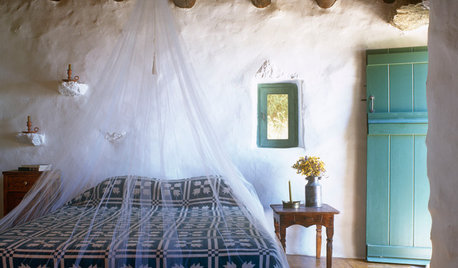
DECORATING GUIDESEvoke a Tropical Fantasy the Inexpensive, Easy Way
Gossamer light and dreamily romantic, mosquito netting adds a dose of tropical allure at a down-home price
Full Story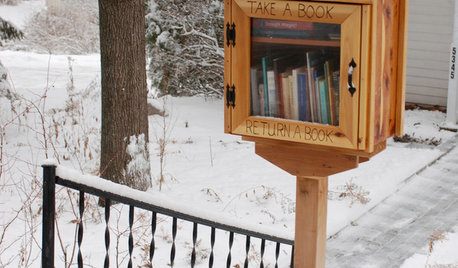
COMMUNITYBook It: Bring a Mini Library to Your Front Yard
Take a book, leave a book. An ingenious lending-library idea is sweeping the nation — see if it's right for your neighborhood
Full Story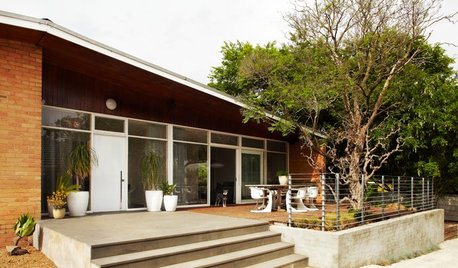
GARDENING AND LANDSCAPINGTake Back Your Front Yard: 8 Ways to Make It Social
If only trees and squirrels gather in your front yard, you're missing out on valuable socializing space. Here's how to remedy that
Full Story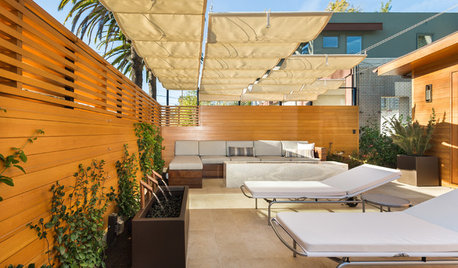
PATIOSPatio Details: A Relaxing Front-Yard Retreat in Los Angeles
A retractable awning, a water feature and an onyx fire feature transform a formerly unused front yard on a busy street
Full Story
FRONT YARD IDEASBefore and After: Front Lawn to Prairie Garden
How they did it: Homeowners create a plan, stick to it and keep the neighbors (and wildlife) in mind
Full Story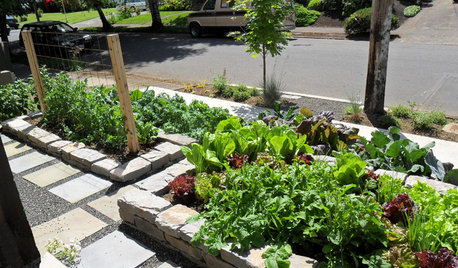
FRONT YARD IDEASWelcome Edibles Into the Front Yard for Fresh Food and More
Give your front yard design a boost and maybe even make new friends by growing fruits and vegetables
Full Story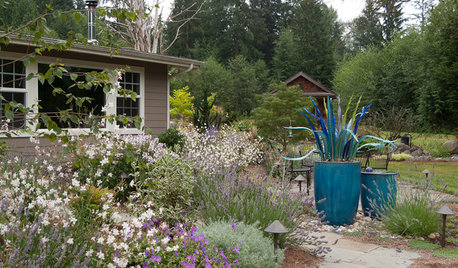
GARDENING GUIDES5 Easy Plants for a Romantic Entry Garden
Abundant flowers, a heady fragrance and striking foliage combine for a romantic front-yard garden that's deceptively low maintenance
Full Story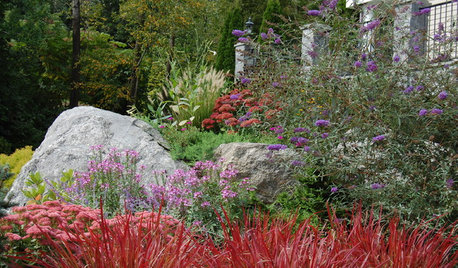
LANDSCAPE DESIGNHow to Design a Great Garden on a Sloped Lot
Get a designer's tips for turning a hillside yard into the beautiful garden you’ve been dreaming of
Full Story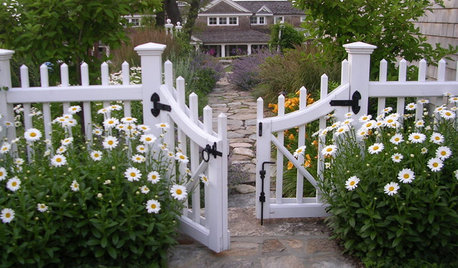
CURB APPEAL7 Ways to Create a Neighborly Front Yard
Foster community spirit by setting up your front porch, paths and yard for social interaction
Full Story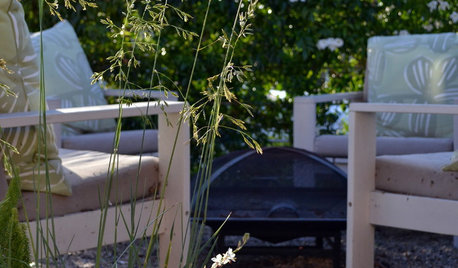
FRONT YARD IDEASMeet a Front Yard Designed for Gathering
Hanging out with neighbors comes naturally in front of a Southern California home, thanks to comfortable zones and beautiful plantings
Full StorySponsored
Columbus Area's Luxury Design Build Firm | 17x Best of Houzz Winner!








sylviatexas1